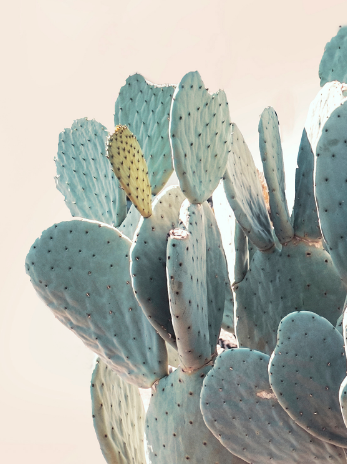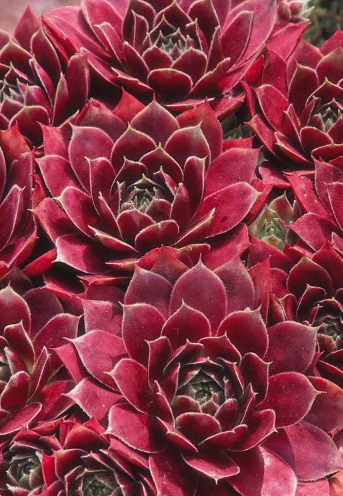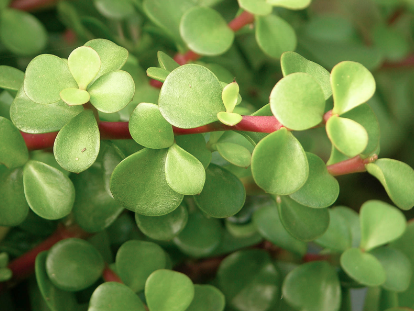With the 2017 fire season shaping up to be what looks like one of the worst in history we thought we would touch on the topic by stressing how important it is to be fire wise around the home from a landscaping point of view.
The ideal fire wise landscape consists of low-growing shrubs, ground covers and fleshy succulents. To help retain soil moisture and minimize erosion and weeds, cover bare ground with redwood mulch or gravel. Keep plants well watered, especially during fall’s depleting Santa Ana winds. Avoid any fire ladders, fuel-rich plantings that enable fire to climb up to your home. In addition to plants that have a high moisture content, include one or more of these landscape enhancements: hard scape, a rock garden, a dry stream bed and/or a swimming pool. All make excellent firebreaks.
By removing flammable vegetation and debris and by getting rid of weeds, dead or dying plants, and anything dry and twiggy you are reducing potential kindling.
Avoid planting trees and shrubs that drop quantities of leaves, contain volatile oils or resins, and/or copiously shed bark. Notoriously flammable (and unfortunately quite common) trees include blue gum, eucalyptus, acacias, junipers and pines.
Be aware that some California native plants are pyrophytic, “fire loving”. These highly flammable plants depend on seasonal wildfires for regeneration or seed germination. Common ones include greasewood (chamise), sumac (sugar bush), creosote bush and California sagebrush. Many California natives, including manzanita, coffee berry, ceanothus and oaks, are not pyrophytic and actually are slow to burn.
Here is a list of a few fire wise succulents:
Opuntia (paddle cactus), the thicker the better. The rounded, upright pads make a nice counterpoint to more finely textured plants, succulent and otherwise.
Aloes. Mound-forming Aloe arborescens, sends up orange-red, torch like flower spikes in midwinter.
Aeoniums. There are numerous varieties of these rosette succulents. The best ones for fire resistance are multi-branching.
Crassulas. Plain old green jade, these don’t burn but rather it cook, and like the aloes, its leaves turn putty-colored and they collapse. If you think jade is boring, you may not be aware of its many cultivars. Some are striped cream-and-green; turn yellow-orange-red when grown in full sun; have silvery-gray leaves rimmed with red; or have intriguing tubular or wavy leaves.
Portulacaria afra (elephant’s food) is shrub-like, and yes, elephants really do eat it in South Africa. In fact, the plant benefits from being stomped on because pieces root readily. The variegated variety is less vigorous and more ornamental than the common green species.
Fire season is here, we all need to take every precaution available to keep our selves and our homes safe.





